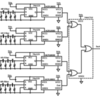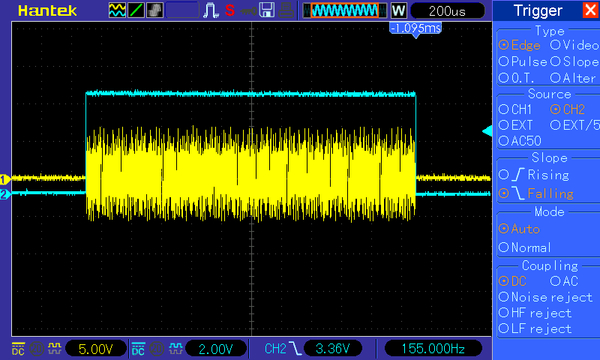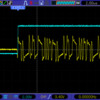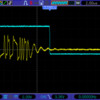Hmm... The whole point of this is mostly for large layouts, that's the only place that the TMCC Buffer makes sense.
I haven't researched this, but if you have multiple TIU's, don't all the commands go out on all channels? The TIU doesn't know which segment that the locomotive is, and it could have transitioned to a different place. I suppose there's enough time for the signal to have skew based on each TIU has to process the incoming remote command individually.
I did have another thought.
The TMCC buffer increases the signal amplitude in an effort to combat the increased capacitance of a large layout. The output buffer is capable of driving about a .1uf capacitance of the outside track to earth ground. One of the issues is the amplitude, the buffer has a 3:1 gain. I wonder if dropping the gain to unity and adding a larger isolation capacitor would allow it to drive the same capacitance but have less effect on the DCS signal? This TMCC Buffer Schematic.pdf is what we have now.
Inside the TIU there's a mux (U502) which steers the FPGA to each of the each of the 4 channels one by one. Although everything happens together, if you look close you can see different channels (VARx, FIXEDx, ..) are on different time slices.
You could try to do a blanket window over all of them, but now your talking 0.2 seconds and TMCC/Legacy might start to take notice. Also physically... if you have two TIUs and either of them is more than 20 ft away from the TMCC input, that's already a good 23ns of delay right there.
Both DCS and Legacy are voltage-mode receivers so you don't want to lower the gain of that driver or you're directly dropping your SNR on TMCC.
A last one we could also think about (but it's really hard compared to the the switching idea) is to induce a copy of the TMCC signal on the center rail that closely mirrors the one induced on the ground. Nominally the TIU and Transformers are in common mode to the injected legacy signal meaning both + and - outputs of the TIU/transformer are going up and down at 450 KHz wrt the Earth ground and with the same phase and amplitude on center and running rails. Of course practically this is not the case since the capacitance of each side (center and running rails) to Earth ground is a little different and the circuitry inside the transformers and TIU aren't perfectly symmetric. Also it can be different at different locations along the layout due to series R and L of the track and wiring.
If the Legacy signal is very well balanced on both rails, the DCS decoder which senses things differentially should not see it, as it's on both ground and power rails. That's the operating principle of DCS when legacy is present.
So could we build a small circuit/board/module that senses the differential 450 KHz at some points along the track and copies the TMCC onto the center rail with just enough amplitude to balance them.
This would probably be feedback based...
-Have a diff amp across the rails with a high-Q 450 KHz filter in front
-Have some type of envelope detector on the filter to get a DC-ish value from the legacy tone
-Use that envelope DC to control a variable gain stage like your booster connected to the center rail and make them balanced.
This is probably an even better idea than what I'm doing, but it's pretty hard.



























